The AI Revolution in Data Engineering: What’s New in February 2025?
Data engineering has always been about wrangling chaos into order—turning raw data into reliable, actionable pipelines. By February 2025, AI is supercharging this process, bringing newfound efficiency and intelligence to the table. From automating tedious tasks to predicting pipeline bottlenecks, AI is no longer a futuristic promise—it’s a present-day toolkit that’s reshaping how data engineers work.
Latest Trends and Tools
Reports from February 2025 spotlight a wave of AI-powered innovations:
- Automated Data Validation Systems: These tools use machine learning to detect anomalies, enforce schema consistency, and flag data quality issues in real time. Imagine catching a corrupted dataset before it derails your ETL pipeline—automatically.
- Predictive Optimization Platforms: Leveraging AI models, these platforms forecast resource needs, optimize query performance, and even suggest partitioning strategies. Think of it as a co-pilot for your data infrastructure.
- Cloud-Native Integration: Industry leaders like Snowflake and Databricks have rolled out AI-enhanced features—Snowflake’s AI Quality Assistant and Databricks’ Delta Live Tables with AI-driven insights—making cloud pipelines smarter and more adaptive.
These tools aren’t just shiny toys; they’re solving real pain points, from reducing manual oversight to scaling operations effortlessly.
Real-World Wins: AI in Action
The buzz isn’t just theoretical—February 2025 brought compelling case studies showing AI’s impact on the ground.
- Retail Giant Slashes Errors: A major retailer reported a 30% drop in data quality errors after deploying an AI-driven validation system. By predicting inconsistencies in incoming sales data (e.g., missing values or duplicate entries), the system flagged issues preemptively, saving hours of downstream debugging.
- Streaming Service Boosts Efficiency: A video streaming platform used a predictive optimization tool to fine-tune its data pipelines. The AI analyzed historical usage patterns and adjusted resource allocation, cutting processing times by 20% during peak hours.
These examples highlight a key shift: AI isn’t just fixing problems after they happen—it’s anticipating them, letting data engineers focus on strategy rather than firefighting.
The Double-Edged Sword: Opportunities and Challenges
AI’s potential is undeniable, but it’s not a plug-and-play solution. As of February 2025, data engineers face a mix of exciting opportunities and tricky hurdles.
Opportunities
- Enhanced Data Quality: AI can sift through terabytes of data to spot errors humans might miss, ensuring cleaner datasets for analytics and machine learning.
- Pipeline Optimization: With predictive insights, engineers can build systems that scale dynamically, reducing costs and boosting performance.
- Time Savings: Automating repetitive tasks like schema validation or metadata tagging frees up bandwidth for innovation.
Challenges
- Model Selection: Not every AI tool fits every use case. Choosing the right algorithm—say, a lightweight anomaly detector versus a heavy-duty forecasting model—requires experimentation and expertise.
- Ethical and Privacy Concerns: AI systems handling sensitive data must comply with regulations like GDPR or CCPA. Missteps here could mean legal headaches or eroded trust.
- Integration Complexity: Bolting AI onto legacy systems can be a nightmare if your stack isn’t cloud-ready or modular enough.
The takeaway? AI is a powerful ally, but it demands thoughtful implementation. Data engineers need to weigh benefits against risks and align solutions with their organization’s goals.
How to Get Started: Actionable Steps for Data Engineers
Ready to harness AI in your data engineering work? Here’s a practical roadmap based on February 2025’s developments:
- Explore AI Tools: Start with accessible options like:
- Run a Pilot Project: Pick a low-stakes pipeline—say, a staging layer for reporting—and test an AI tool. Measure its impact on data quality or processing speed.
- Upskill Strategically: Brush up on AI basics (e.g., how anomaly detection works) without diving too deep into the math. Focus on practical application over theory.
- Monitor and Iterate: Use metrics like error rates or latency to assess AI’s value. Tweak configurations as needed—AI thrives on feedback.
Small steps beat big leaps. A successful pilot can build the case for wider adoption, proving AI’s worth to stakeholders.
Looking Ahead: AI as a Data Engineering Superpower
By February 2025, AI’s role in data engineering is crystal clear: it’s a transformative force that amplifies efficiency, accuracy, and scalability. But its success hinges on how data engineers wield it. Staying updated on tools, learning from real-world wins, and tackling challenges head-on are key to thriving in this AI-driven era.
So, what’s your next move? Maybe it’s dipping a toe into predictive optimization or rethinking your data quality workflows. Whatever it is, AI is here to stay—and it’s ready to help you build smarter, faster, and better.
Your Turn
What’s the biggest obstacle you face in adopting AI for data engineering? Drop your thoughts below—let’s brainstorm solutions and navigate this frontier together!
#AIinDataEngineering #DataRevolution #Snowflake #Databricks #AWS #SageMaker #PredictiveOptimization #DataQuality #RealTimeAnalytics #TechInnovation




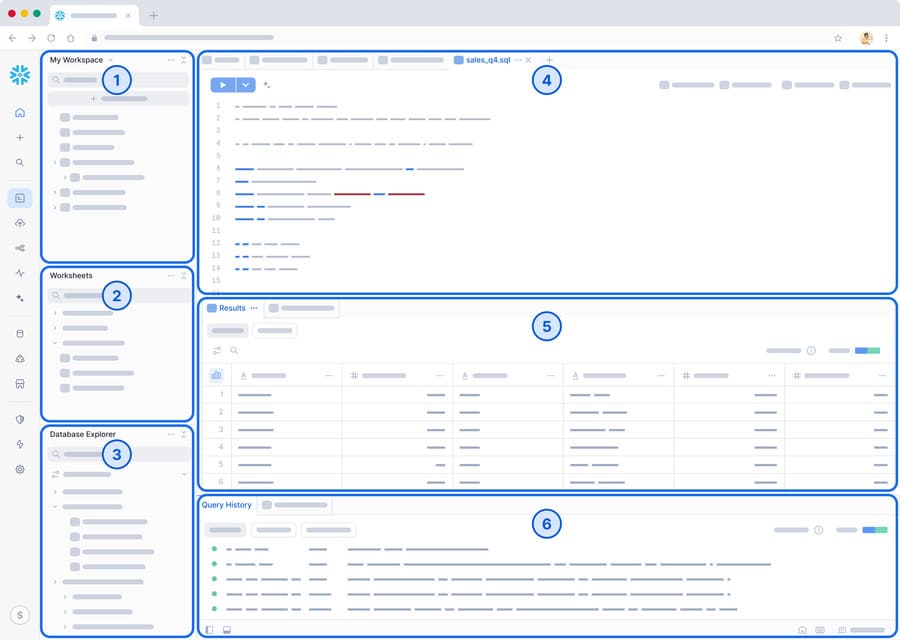

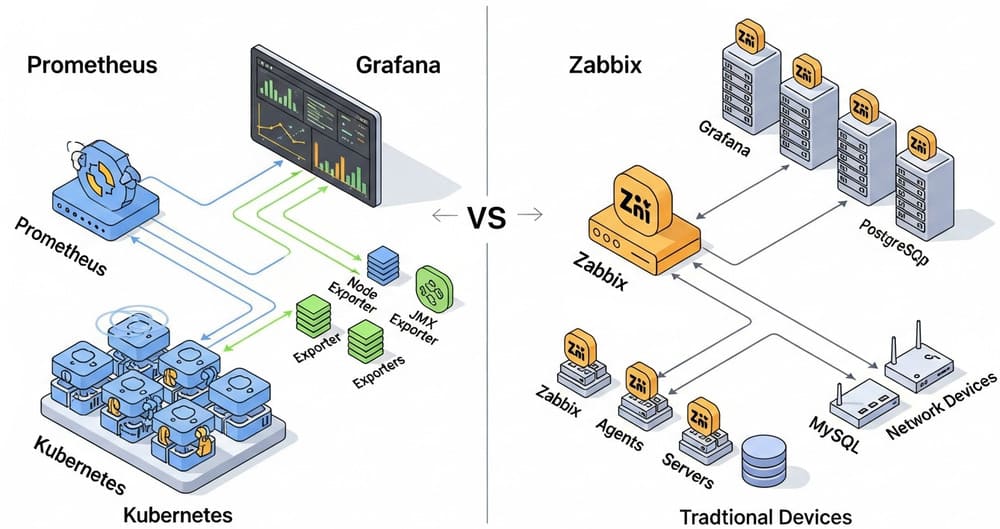
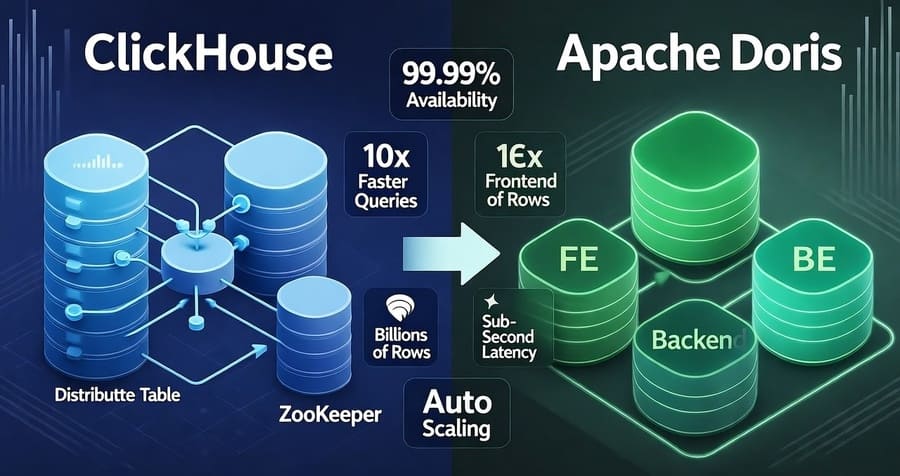
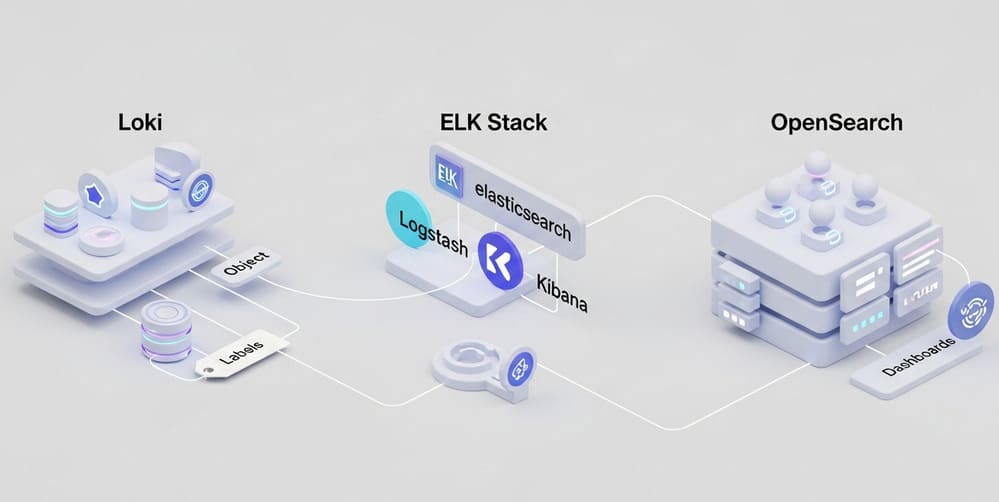
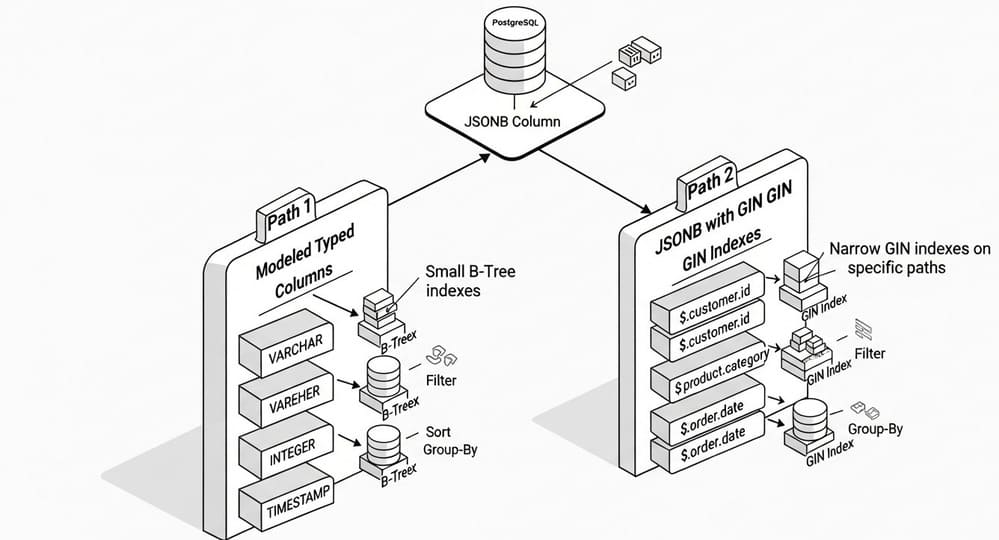
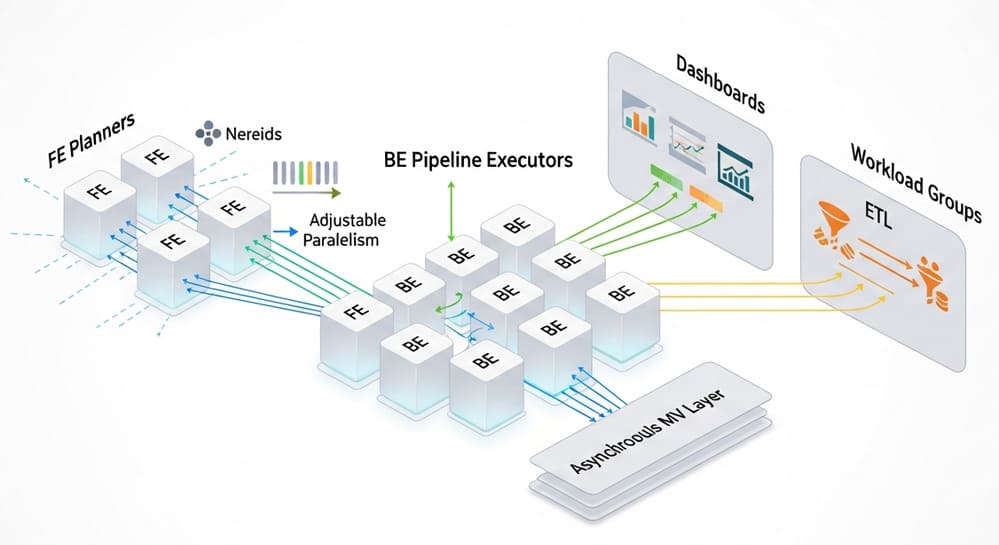



Leave a Reply